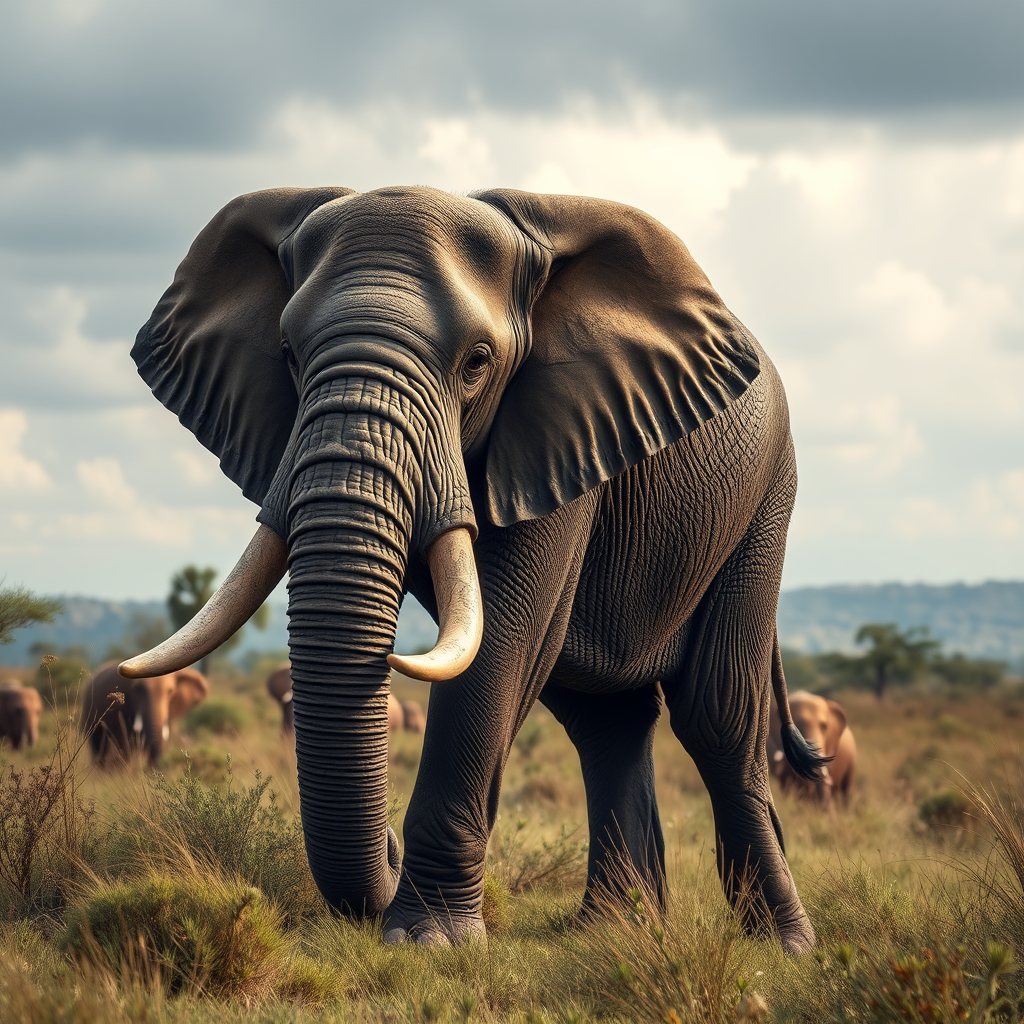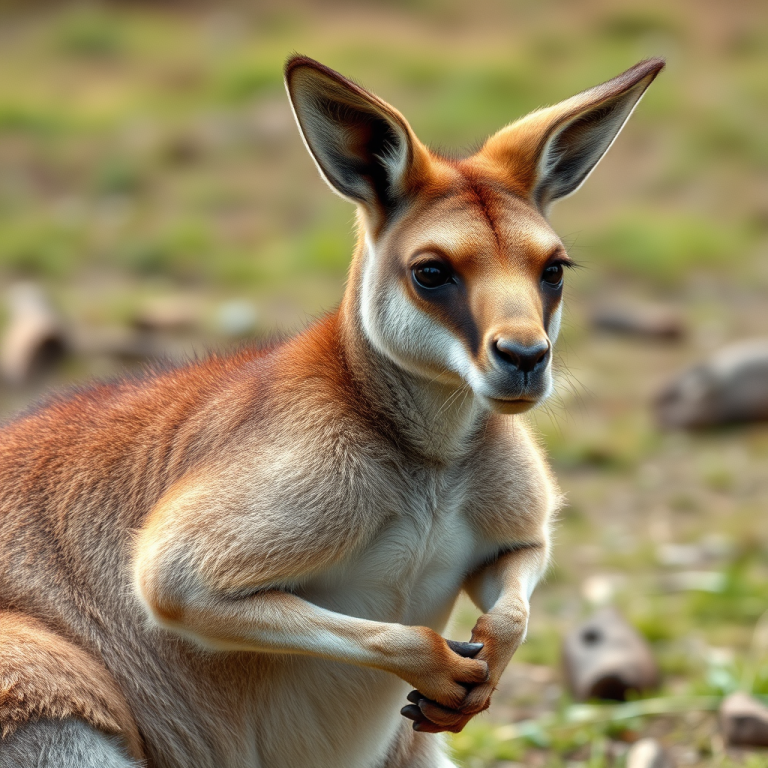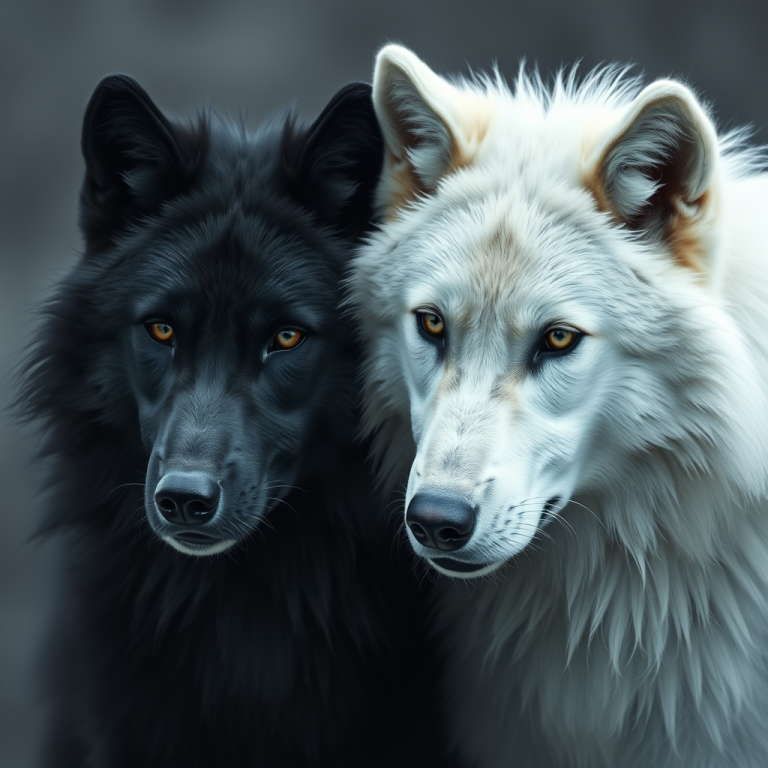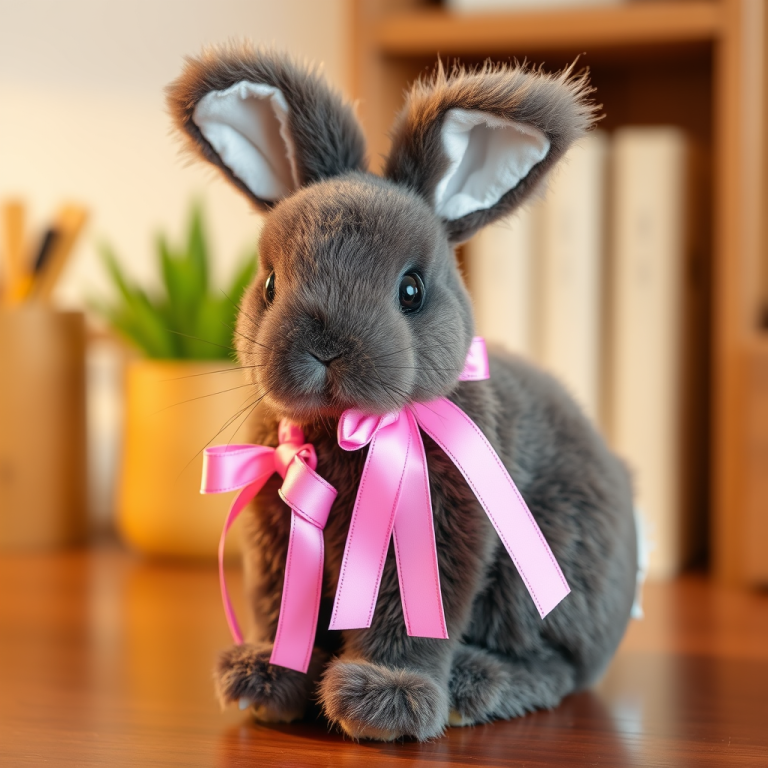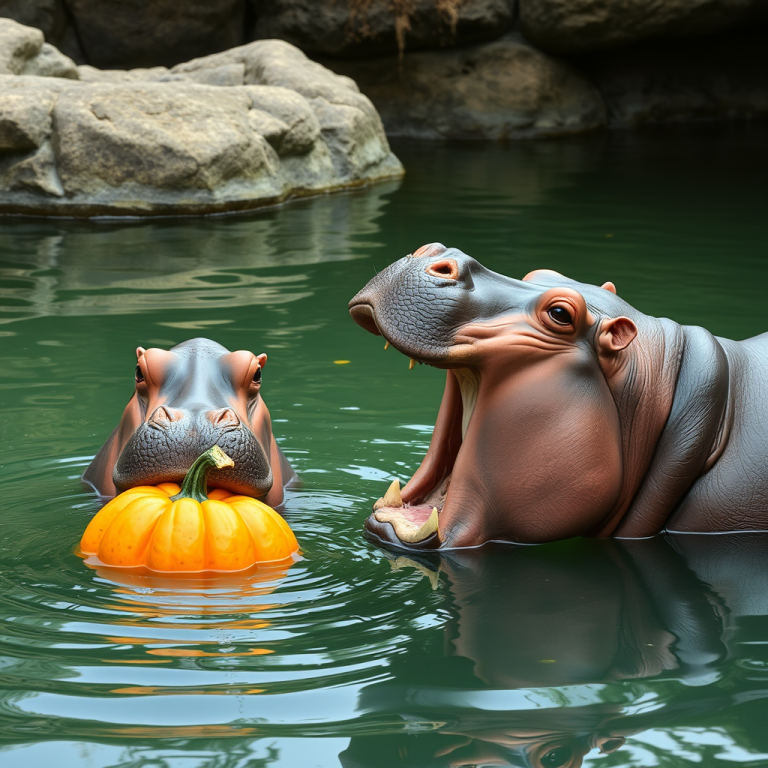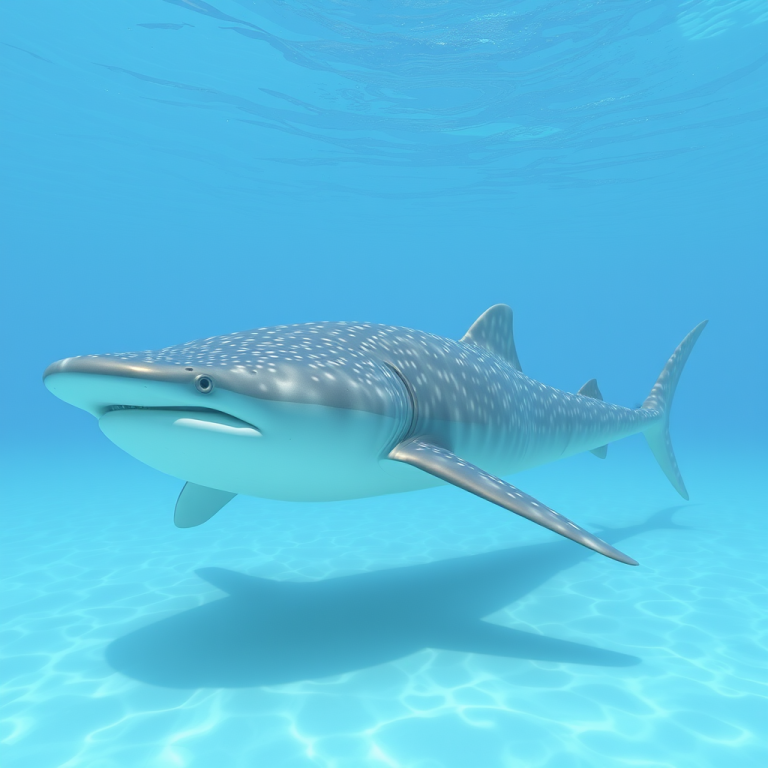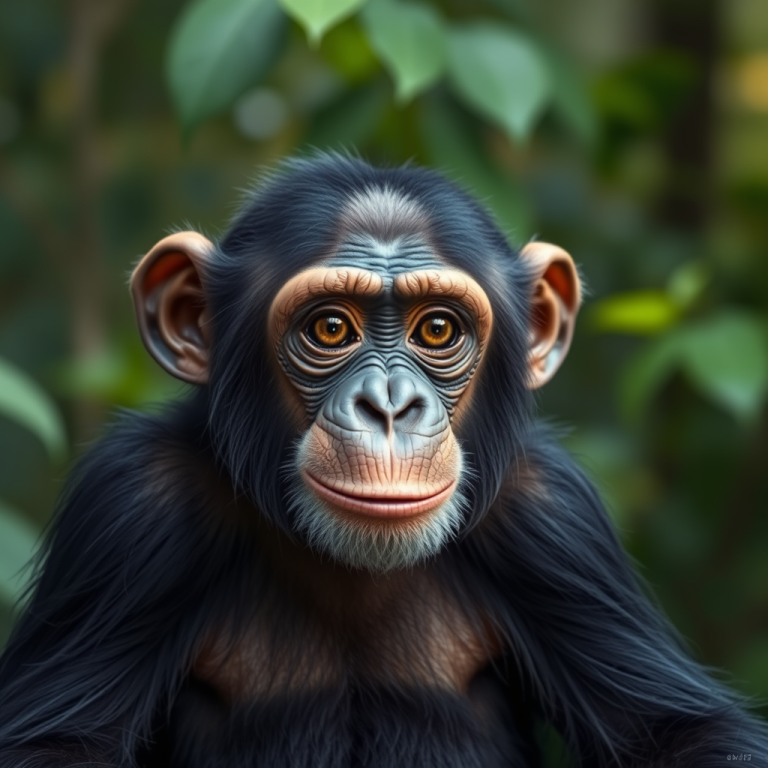The Earth Beneath Their Feet: The Life of Elephants on Land
When you see an elephant in the wild, it’s hard not to be awestruck. Their size alone demands attention, but it’s not just their bulk that makes them special—it’s how they move through the world. Slow, steady, and full of presence, elephants carry an ancient energy. They’re not rushed by anything. They follow the land, the seasons, and each other, living life with intention.
Family Is Everything
Elephants live in tight-knit social groups led by a matriarch, usually the oldest and wisest female. These herds are made up of mothers, daughters, sisters, and calves, and their bond is strong. They grieve losses, celebrate births, and never leave a struggling member behind. The land they walk isn’t just space—it’s part of their memory. Elephants will return to places where loved ones died or where water once saved their lives. Their connection to the land is emotional, not just physical.
Feet That Feel the World
An elephant’s feet are more sensitive than most people realize. They don’t stomp—they feel. Their padded soles can pick up subtle vibrations through the ground, helping them detect distant thunderstorms, other herds, or signs of danger. This “ground-sense” lets them communicate across miles without a sound. The land talks to them, and they listen.
A Diet That Shapes the Landscape
Elephants are browsers and grazers. They eat everything from grass and bark to fruit and leaves, and they eat a lot—up to 300 pounds of vegetation a day. Because of their size and appetite, elephants have a huge impact on the land. They knock over trees, open up clearings, and create paths used by other animals. Some scientists even call them “ecosystem engineers.” Their habits shape entire environments, whether they’re walking through forests, grasslands, or dry savannas.
Mothers, Calves, and Long Walks Ahead
Baby elephants are born into a world of motion. As soon as they’re steady on their feet, they’re walking with the herd—sometimes for miles at a time. Mothers are incredibly protective, but they aren’t raising their calves alone. Aunties, sisters, and older siblings help out too. This allomothering teaches calves how to behave, what to eat, where to go, and how to survive. Life on land is full of danger, but with the herd, they’re never alone.
Memory Carved into Earth
There’s truth to the saying “an elephant never forgets.” These animals have incredible spatial memory. They remember the location of watering holes, feeding spots, migration routes, and even human villages—both friendly and dangerous. Their mental map of the land is something passed down through generations. When a matriarch dies, the herd can lose access to vital knowledge unless another elder steps up to guide them.
Dust, Mud, and Sun Protection
On land, elephants have to protect their skin from the harsh sun. That’s where dust and mud come in. After a long walk or a cooling dip, they’ll toss dry dirt or wet mud across their backs using their trunks. This natural sunscreen helps them stay cool, keeps insects away, and gives their gray skin a reddish or brownish tint depending on the soil. It’s not just hygiene—it’s health.
The Human-Elephant Crossroads
As land becomes more developed, elephants are running out of space. In many areas, their ancient paths now cross highways, farms, or towns. This leads to conflict, not because elephants want trouble, but because they’re simply following the land they’ve always known. Conservationists are working hard to protect their corridors and create safe zones where elephants can roam freely without running into danger.
Final Thoughts
Elephants aren’t just part of the land—they are part of its memory, its rhythm, and its future. Watching them move across dry plains or through thick bush, you can feel that their story is written in the earth itself. They are keepers of history, of family, and of balance. To walk the same land as an elephant is to step into something bigger than yourself—something ancient, real, and still living.
If you’re curious about the wonders of wildlife, stick around—there’s a whole world to explore at Wonder of Wild.
